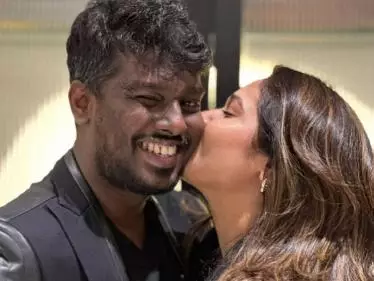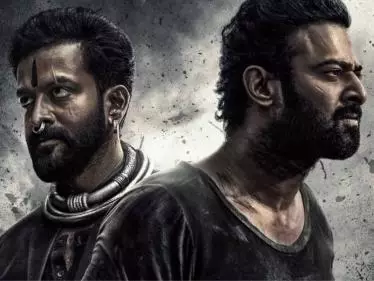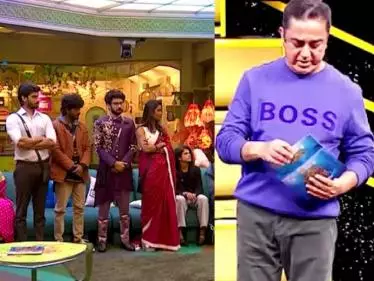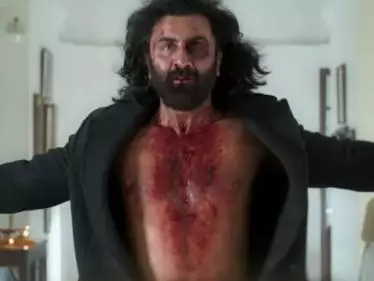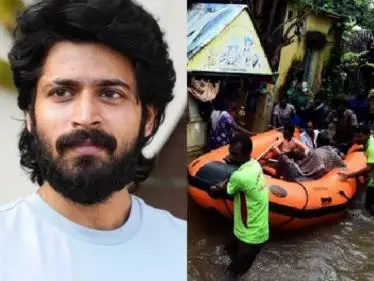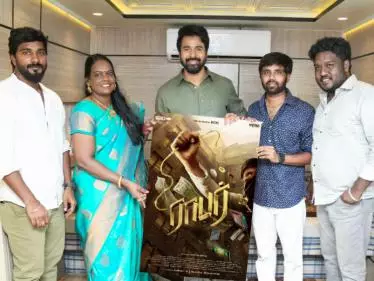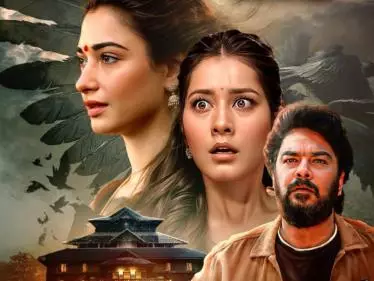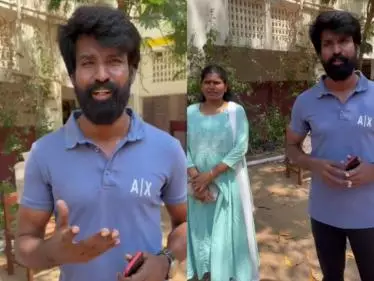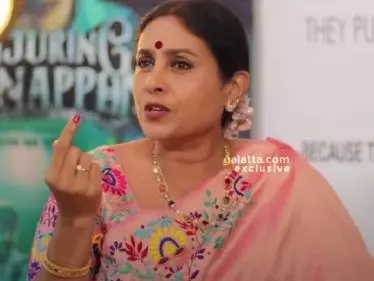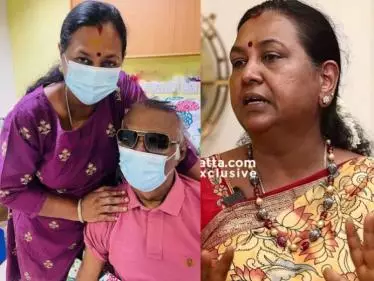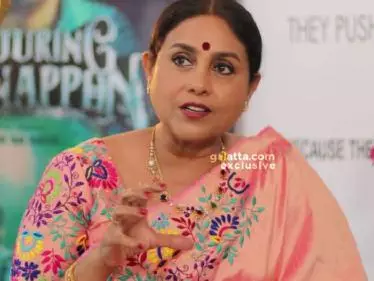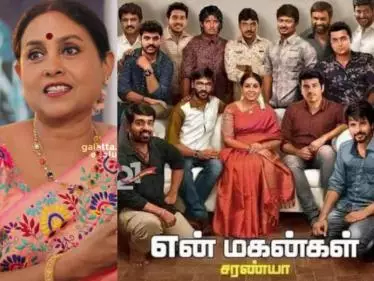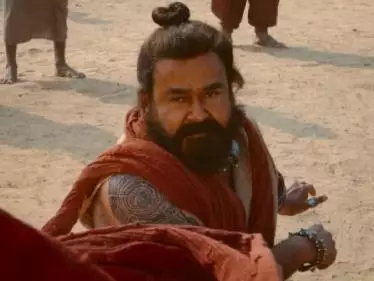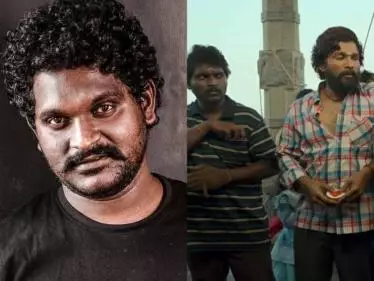
Doordarshan turns 50
India's public television broadcaster Doordarshan, which came into existence on September 15, 1959, celebrates its fiftieth birthday on Tuesday. During its golden jubilee celebrations in New Delhi, Information and Broadcasting Minister Ambika Soni lauded the national broadcaster for catering to remote areas neglected by private TV channels.
Speaking at a commemorative event, Soni stressed that her ministry would continue to encourage creative skills "so long as they honour the sensibilities of all single television viewing families". Director Adoor Gopalakrishnan's Oru Pennum Randaanum, funded by DD, was screened on the occasion.
DD started broadcasting when UNESCO gave the Indian government $20,000 and 180 Philips TV sets. Pramita Puri was the first announcer who started the programme with "shehnai recital" of Ustaad Bismillah Khan. The programme was transmitted in a radius of 25 kilometers with a small transmitter.
Regular daily transmissions started in 1965 as a part of All India Radio. The television service was extended to Bombay and Amritsar in 1972. Till 1975, seven Indian cities had television service and Doordarshan remained the only television channel in India. Television services were separated from radio in 1976. Each office of All India Radio and Doordarshan were placed under the management of two separate Director Generals in New Delhi. Finally Doordarshan as a National Broadcaster came into existence.
National telecasts were introduced in 1982. In the same year, colour TV was introduced in the Indian market with the live telecast of the Independence Day speech by then Prime Minister Indira Gandhi on 15 August 1982, followed by the 1982 Asian Games being held in Delhi.
Presently, Doordarshan operates 19 channels – two All India channels (DD National and DD News), 11 Regional languages Satellite Channels, four State Networks, an International channel, a Sports Channel.


